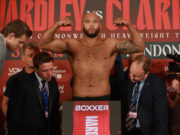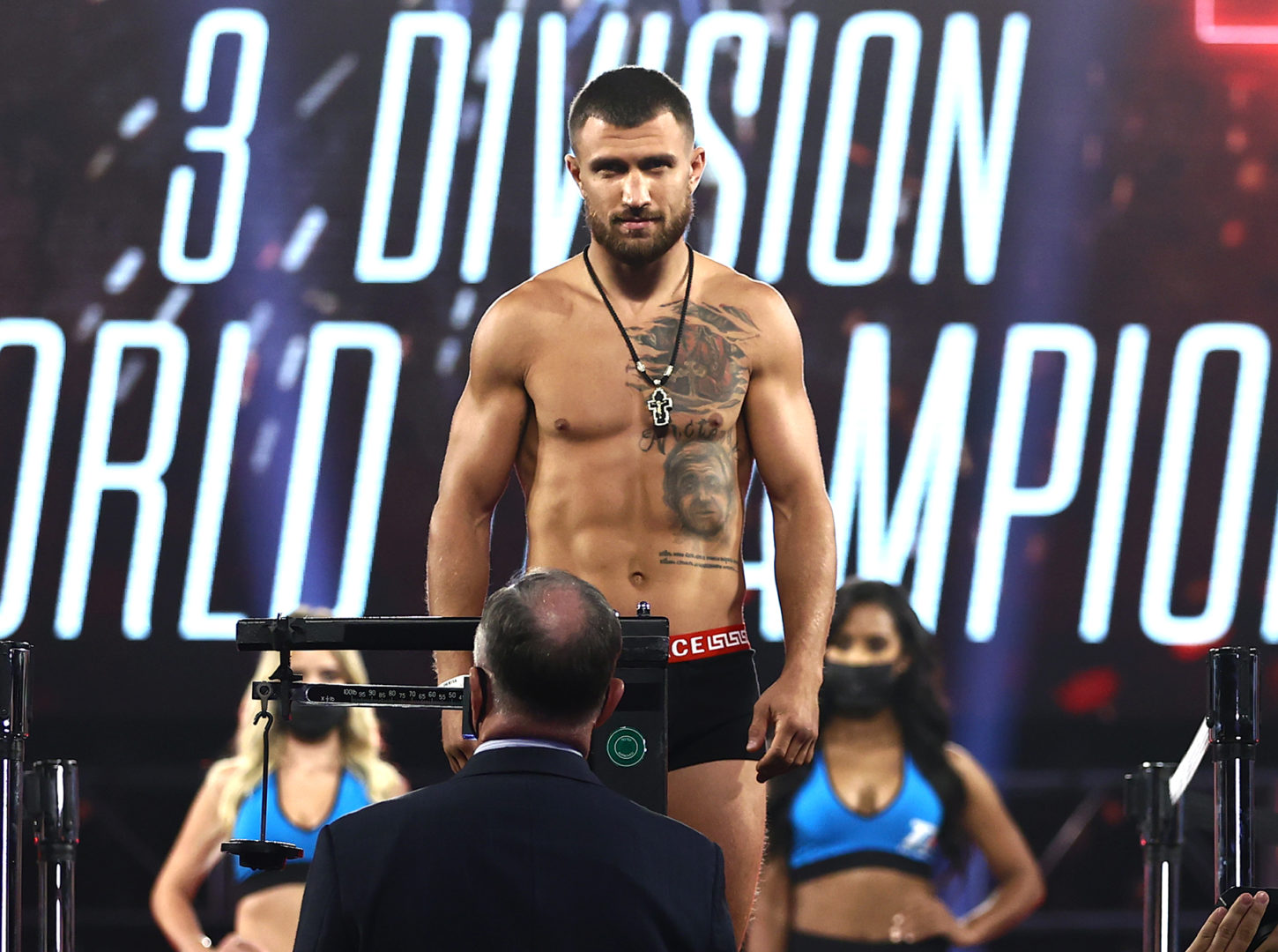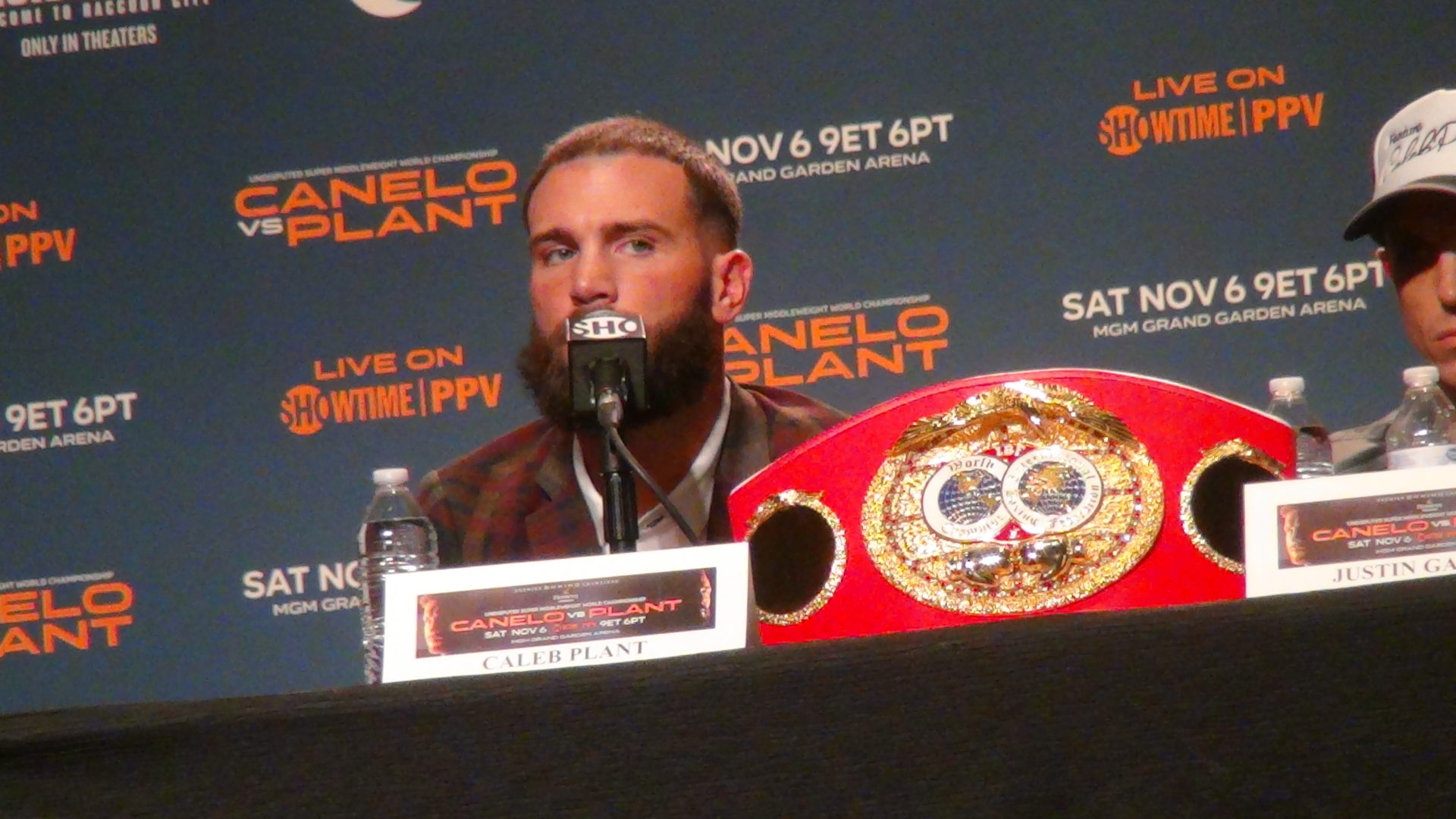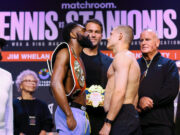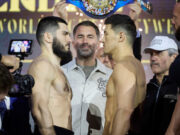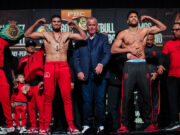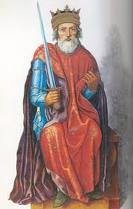
“In order to allow our employees to spend time with their families, we will be closed on Christmas Day.” Is any sign so relentlessly dishonest and ubiquitous during the holidays? A paucity of shoppers ignites merchants’ sudden interest in their employees’ families, and what could be more in keeping with the spirit of Christmas shopping season than a work furlough?
No, it was not always so. Perhaps one must return to an epoch well before his own to find a more sincere time and something more substantial. So be it, then. Back centuries we go – eight of them, actually.
We do so in the name of a boxing gym closed on Christmas Day and Christmas Eve, too, so that its employees really could spend time with their families: San Fernando Gymnasium, on the corner of Travis and Santa Rosa Streets, in downtown San Antonio.
Constructed in 1948 as part of San Fernando School complex, the gymnasium was administered by the Catholic Youth Organization. Two years later, on Dec. 3, 1950, the gymnasium was dedicated to a 12th century Spaniard whose legacy the city’s most famous plaza and cathedral already celebrated.
Fernando III, King of Leon and Castile, born near Salamanca in 1198 – known today in English-language hagiographies as “Saint Ferdinand” but known throughout South Texas as San Fernando.
This man, at whose cathedral in San Antonio Pope John Paul II prayed in September of 1987, ascended to the throne of Castile before his 20th birthday, coming to power in the throes of a time dominated by Spanish Christendom’s attempt to take back land from the Moors, Muslim conquerors who appear in Spanish literature as everything from “Saracens” to “Moorish Bands” to “Gangsters of the Frontier.”
Nineteen years into his reign and more than a century into what Spaniards would call “La Reconquista,” Fernando III won his most significant victory in a battle that started almost accidentally when skirmishers felled part of Cordova, then a Muslim city.
“The religious and administrative quarter, the Medina, held out for some time,” writes historian John Edwards for the Library of Iberian Resources Online (LIBRO). “But the ‘official’ armies of (Fernando) III of Castile and Leon were called in almost as an afterthought.”
Fernando III, like all men, learned a morality informed by the time in which he lived. Reconquest of Christian lands was the highest ethic to which a ruler of Fernando III’s era could aspire. Reconquest was goodness. Plenary indulgences were established by Pope Urban II in 1095, at the time of the first Crusade, and continued for centuries to come. To kill in the name of Christendom, then, was an act that forgave all prior sins. Fernando III led armies that did so, and well.
And once Reconquest happened, Fernando III distinguished himself with foresight, organization and a profound desire to ensure the Church’s enduring rule.
“As in the earlier stages of the Reconquest, there was no doubt in contemporaries’ minds that the absolute priority was colonisation,” writes Edwards. “Land should not go to waste and the vanished or evicted Muslims should have no chance to return to it.”
Fernando III set about converting the glorious Muslim mosques that stood in reconquered Cordova and, later, Seville.
“He turned the great mosques of these places into cathedrals, dedicating them to the Blessed Virgin,” Ferdinand Heckmann wrote in 1909 for the New Advent Catholic Encyclopedia. “He watched over the conduct of his soldiers, confiding more in their virtue than in their valour, fasted strictly himself, wore a rough hairshirt, and often spent his nights in prayer, especially before battles.”
Fernando III’s rule of these reconquered lands was noteworthy for his mercy shown the vanquished, encouraging conversion to Christianity by the soldiers of defeated armies. Fernando III did not impose steep tariffs to pay for his crusades, either.
“He took the greatest care not to overburden his subjects with taxation, fearing, as he said, the curse of one poor woman more than a whole army of Saracens,” notes Edwards.
In a treatment of Fernando III for the “Santoral Franciscano (Franciscan Hagiography)” historian Jose M. Sanchez de Muniain adorns Fernando III’s governance with still greater superlatives.
“As a ruler he was at once severe and benign, vigorous and humble, audacious and patient,” writes Sanchez de Muniain, “gentile in court and pure of heart.”
Fernando III lived to father 12 children, seven by his first wife Beatriz de Suabia, and five more by his second wife Juana de Ponthieu – whom he married after Beatriz’s death. He died on May 30, 1252, and the age of 54.
“(Fernando) was buried in the great cathedral of Seville before the image of the Blessed Virgin, clothed, at his own request, in the habit of the Third Order of Saint Francis,” recorded Ferdinand Heckmann. “His body, it is said, remains incorrupt. Many miracles took place at his tomb, and (Pope) Clement X canonized him in 1671.”
Today in South Texas, the architectural tradition of San Fernando’s mosque conversions endures. Many churches here resemble nothing so much as domed mosques with crosses set on top, in a nod to the Moors’ influence on Spanish Catholicism.
As for South Texas’ most famous place of boxing, San Fernando Gymnasium, there’s this.
On Oct. 31, 1974, the City of San Antonio acquired the gym and its 0.92-acre lot for $52,100, preventing it from being razed. The gym has since been managed by the city’s Parks and Recreation Department. An impressive roster of prizefighting elites have trained here: Julio Cesar Chavez, Mike Tyson, Danny Lopez, Oscar De La Hoya, Evander Holyfield, Salvador Sanchez, and of course Jesse James Leija – whose name joined Fernando III’s in the gym’s appellation four years ago.
On any weekday afternoon, today, young boxers can be seen throwing their fists in San Fernando’s gym – in a fitting tribute to a man about whom it was said: “No conoció el vicio ni el ocio (He knew neither vice nor leisure).”
Bart Barry can be reached at bbarry@15rounds.com. Additionally, his book, “The Legend of Muhammad Ali,” co-written with Thomas Hauser, can be purchased here.


